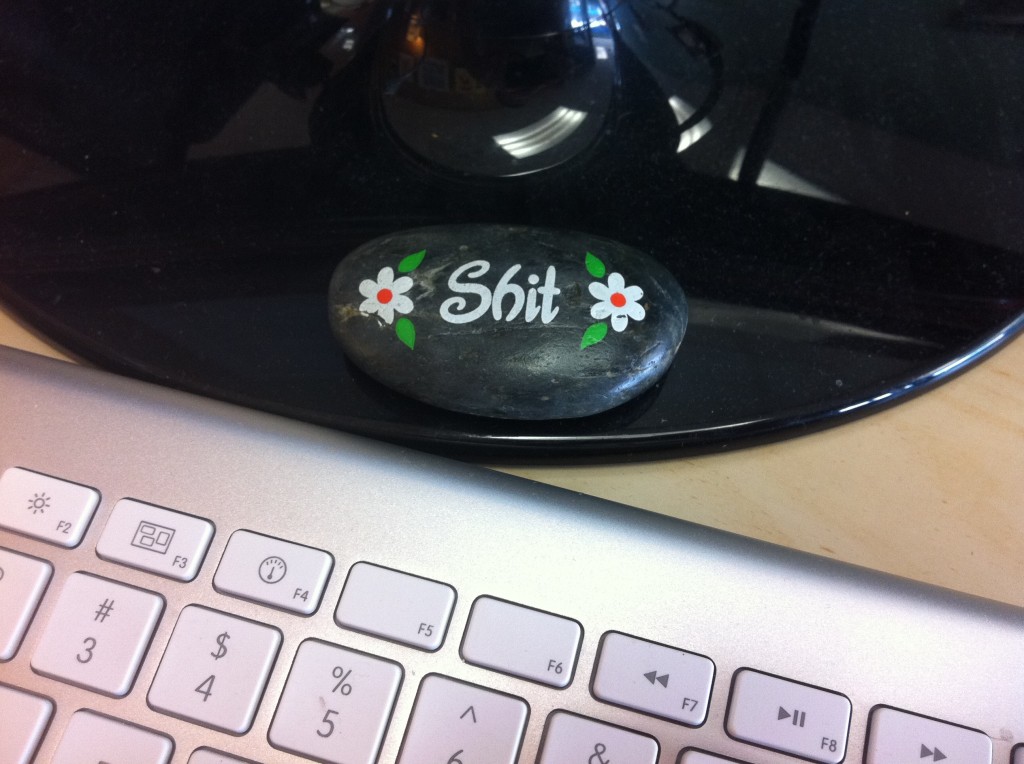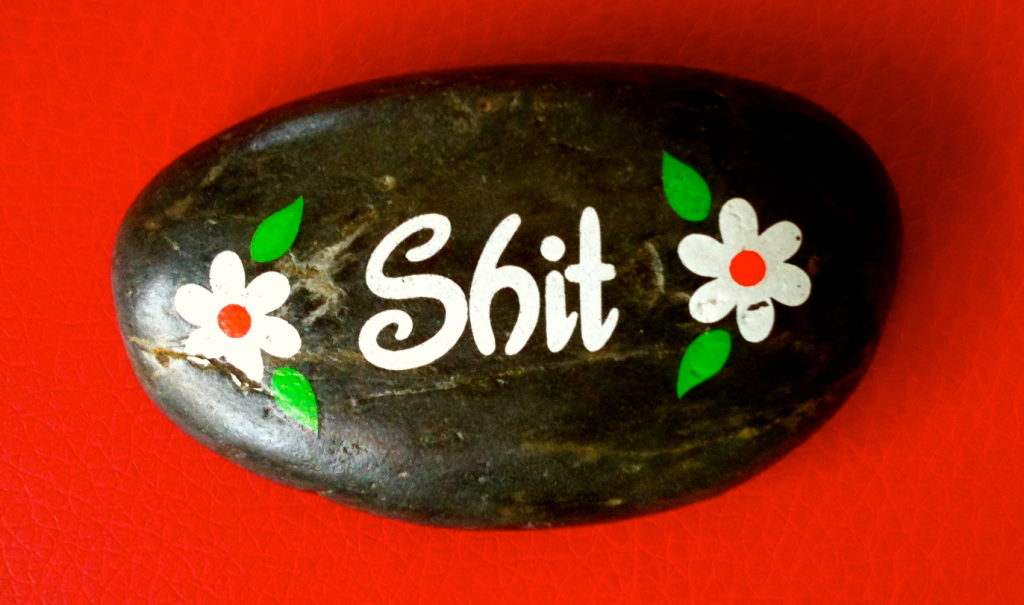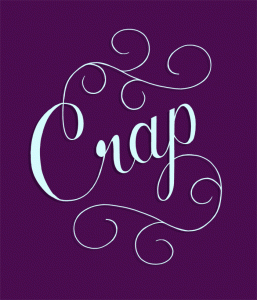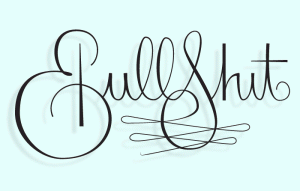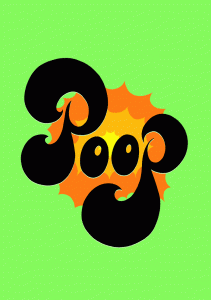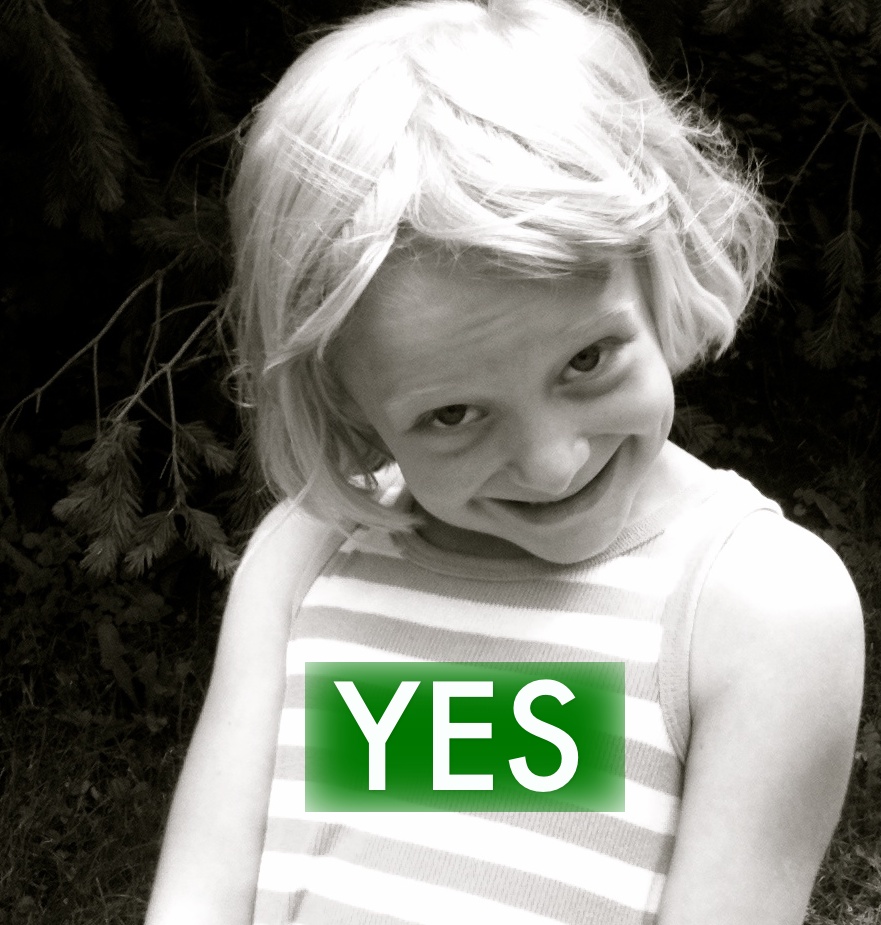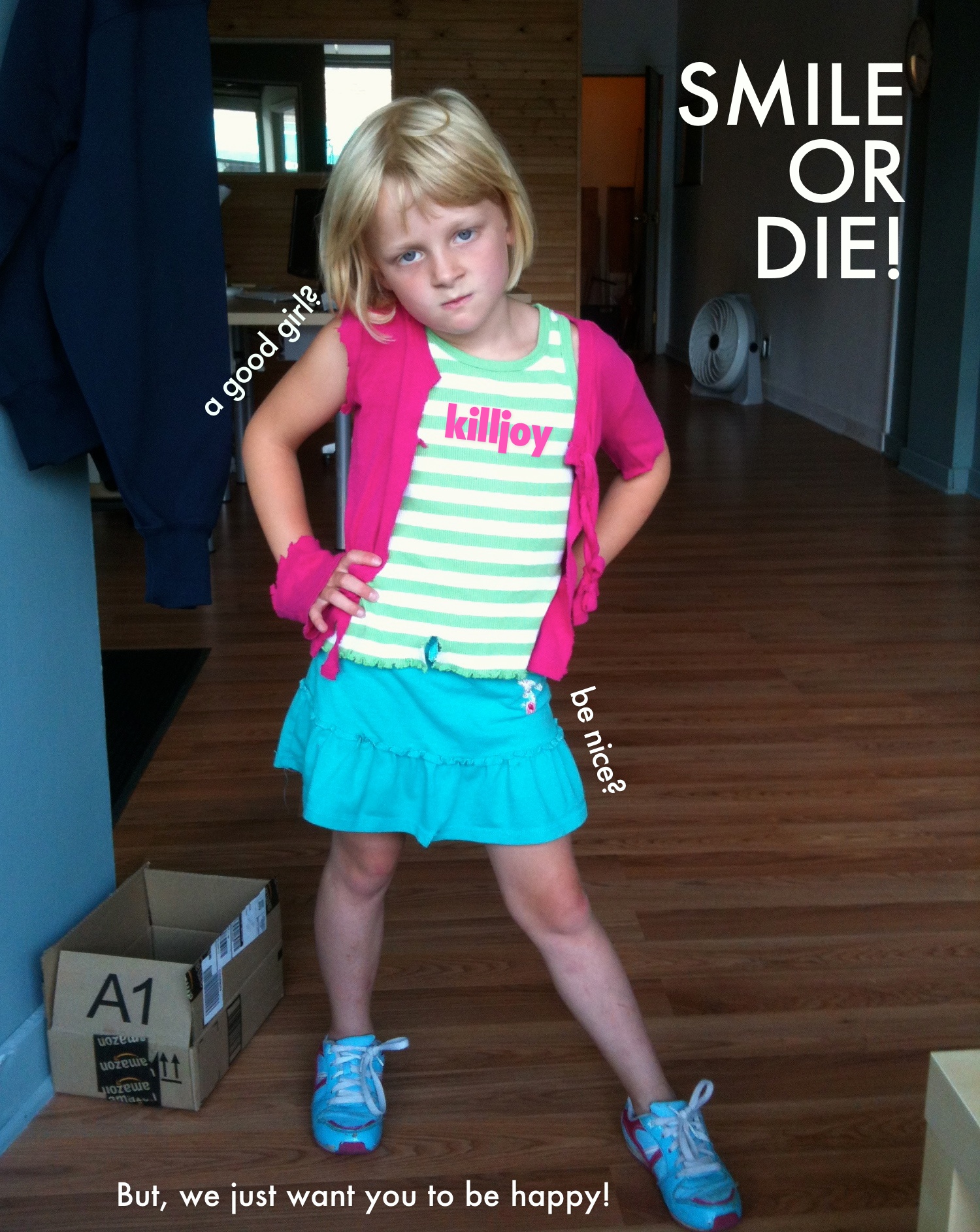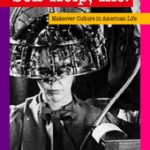As I write this blog post, in my peripheral vision, just below my screen and fairly close to my keyboard, is a rock. My Shit rock. It used to be my mom’s. I believe (but I can’t quite remember whether or not it’s true) that it was on her desk in her studio. When she died, this rock was one of a handful of her objects that I chose to take.
I’m fascinated by this rock. It’s pretty ugly and really ridiculous. But, it makes me curious and it conjures up images/visions/feelings of my mom and who she was how I remember her. Why did my mom have this rock? How did she get it? Did she buy it as a souvenir on one of our rare vacations? Was it a present from a past student? A gag gift? What did she think about when she looked at it? Did she laugh?
My mom was an artist, an identity she didn’t really claim until she went back to school in her mid 50s and earned a BFA in fiber arts. Her studio spaces—she had many different ones because she and my dad moved a lot in the last decade of her life—were always filled with quotes from artists, inspirational words, framed cross-stitchings (like, “of all things I’ve lost, I miss my mind the most”), images torn out of magazines and various art supplies. Amidst all of these items was the Shit rock. Was this rock somehow inspiring to my mom? Did it provide her with an outlet for the frustration she experienced as an artist who was constantly doing battle with the Censor, that voice inside her that repeatedly told her she wasn’t good enough? Was it a way for her to represent her feisty and playful spirit? To poke fun at her own penchant for “pretty” knick-knacks?
All of these questions makes me want to craft a digital story about the rock and what it means for me and my memories of/connections to my mom. Much like the digital story that I crafted about my first grade progress report last spring, this story about the rock would enable me to experiment with being curious about an object.
There are all sorts of ways that I could discuss how my mom’s “shit” rock, especially with it’s flowery font, is meaningful to me. And all sorts of images and ideas that it conjures up. Here are two “shit” examples that probably won’t make it into my digital story:
1. RJP’s classic line to me in a public bathroom a few years ago:
4yo daughter in a freshly cleaned bathroom: “It smells like I pooped on a flower.”
— Scott Anderson (@room34) December 30, 2010
2. A few images from a Tumblr focused on “beautiful swearwords”

